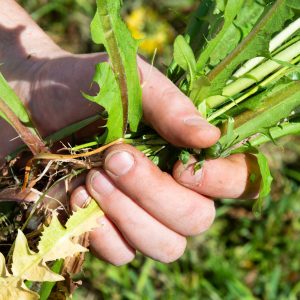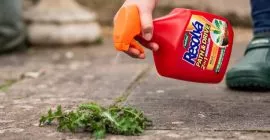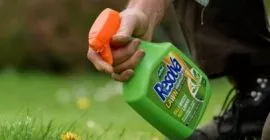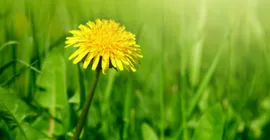Great growing weather in May means many weeds are in full growth and most gardeners have a more relaxed attitude to these ‘plants in the wrong place’ than in years gone by. In wilder gardens, many native weeds may be accepted or even encouraged to improve biodiversity but weeds introduced to the UK such as Japanese knotweed or ragwort, with detrimental effects on the environment, are less tolerable. In this article, we discuss the different types of weeds and the best weeding tools that you can use to remove them.
Annual Weeds
You can easily remove annual weeds by hand while perennial weeds are often a trickier proposition that may require special tools to extract. In formal settings or in areas where delicate plants are cultivated such as in a rock garden, keeping on top of weeds means they are less likely to become a bigger problem as the season progresses. Annual weeds complete their life cycle within a year, growing from seed, maturing and flowering, then setting seed. Some complete the cycle remarkably fast, with chickweed setting seed in just six weeks, which can allow four to five generations per year. Examples include groundsel, fat hen, cleavers (a climbing annual), and also hairy bittercress.
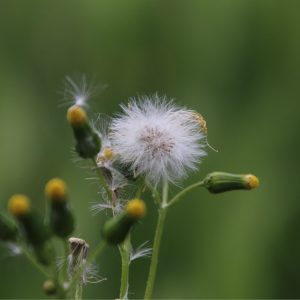
Biennial Weeds
Biennial weeds mature and set seed within two years. Examples include ragwort, giant hogweed, and some thistles. Garden soil contains many seeds which can lie dormant for years. Digging over the soil and exposing the seed to light may start its growth. As these plants are quick-growing they are usually easy to remove by hand or with simple tools. However, they may germinate in large numbers if weeds have set seed previously.
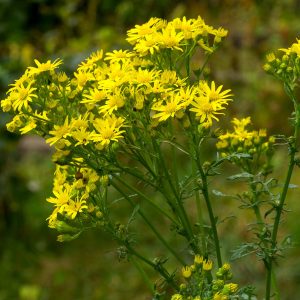
Perennial Weeds
Perennial weeds are those which grow year-on-year. They may spread by seed, such as dandelions and lawn daisies, or vegetatively through runners and spreading roots. These last kinds are likely to give gardeners the most problems and include bindweeds, ground elder, and, most scary of all, Japanese knotweed. Perennial weeds are usually far harder to eradicate from the garden. Individual plants may require persistent attempts over several years to banish completely.
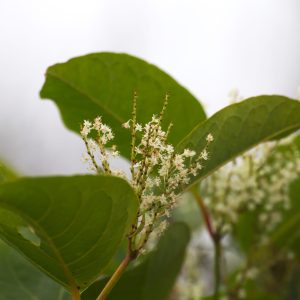
What weeding tools do I need?
Weeding tools for soil
The gardener has various weeding tools at hand to help in the fight against unwanted weeds. Most annuals are easily removed by hand, the roots loosened with a hand fork or hoe. Leaving them on the soil surface in the hot sun soon kills them and they can be thrown in the compost heap. It is important to remove weeds before they set seed, the old adage ‘one year’s seeding, seven years’ weeding’ being highly apt. For trickier to extract, established weeds, try using a corkscrew weeder which works well with dandelions and other tap-rooted weeds. A hand-held hoe can be useful on a rock garden or for weeding between other plants, while a knife makes short work of weeds in paving. When weeding lawns, a daisy grubber is a great tool, creating minimal disturbance.
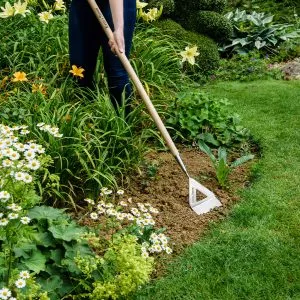
Weeding tools for lawns
While many gardeners today tolerate a few lawn weeds, especially daisies, in some areas turf requires careful maintenance. You can easily remove many lawn weeds by hand. A little effort makes an immediate difference to the appearance of turf and it is best to carry out in spring. It is important, however, to be able to extract weeds without damaging the sward. A daisy grubber is useful for this job and you can use it on many troublesome lawn weeds including small dandelions and plantains. Clover and creeping buttercup can be more of an issue, forming extensive colonies and out-competing turf. Large patches of these weeds need removing using a hand fork with the resulting bare patches re-sown with grass seed.
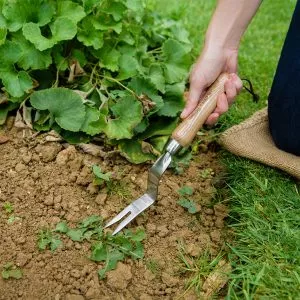
Weeding tools for specific weeds
Dandelions
Dandelions are among the best known of all garden weeds. They are also important food plants for many pollinating insects, providing both pollen and nectar. Many gardeners also allow them in wilder parts of the garden for this reason. These are rosette-forming plants with strappy, rather jagged foliage – the leaves can actually be eaten in salads when young. They also have a long tap root which will form new plants should any part be left behind if you weed from lawns and borders. Use a hand trowel to remove as much as you can – young plants are most easily dealt with – try a corkscrew weeder. If you choose to retain some dandelions for wildlife you may wish to prevent them from spreading by removing the seed clocks before they fully develop.
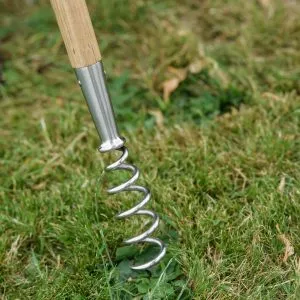
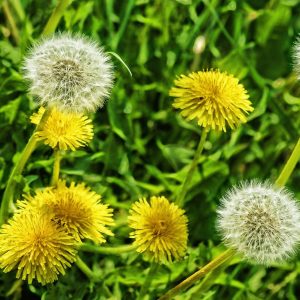
Bindweed
Bindweed is one of the gardener’s most formidable foes: rather than simply looking unsightly, this weed will quickly swamp borders, weakening delicate plants as it scrambles over them. Within weeks, its twining stems can reach the top of mature shrubs and forms a canopy of heart-shaped foliage that quickly outcompetes its hosts. It spreads rapidly at the root via a network of white runners below the soil surface, and shoots that arise at the back of the border can remain unnoticed until white trumpet-shaped flowers appear at the top of garden plants, which host the weed’s spiralling stems.
Dealing with it is tricky. Before you plant any area, make sure it’s bindweed-free. You should promptly remove any shoots that may arise in spring with as much root as possible to starve the plant – stay vigilant. If a severe infestation establishes in a border, the only remedy may be to wait until winter then dig the lot out and start again.
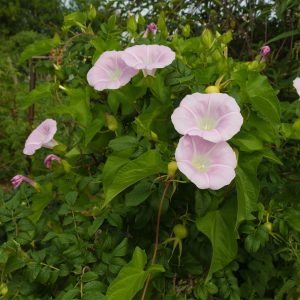
Stinging Nettles
Stinging nettles can be a nasty shock when you encounter them in the border, giving a painful sting. An upright perennial weed to around 1.5 m with dull green jagged leaves and dangling strings of tiny green flowers, it is seldom a big problem but occasional plants can be tricky to get rid of, often forming between existing garden plants with their roots working their way into the crowns of perennials or between iris rhizomes – leave any behind and the nettle will re-sprout. Using gloves and a hand fork carefully tease out all the roots and discard. In wilder parts of the garden, you can allow nettles to grow as food plants for caterpillars of various butterflies.
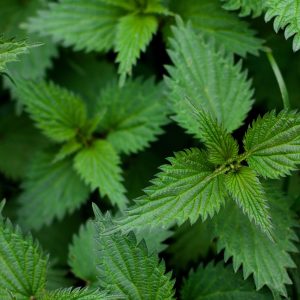
Ground Elder
The very mention of ground elder sends a shudder through the spine of any experienced gardener because this perennial garden weed is one of the most pernicious and tricky of all to eradicate. At first it seems pretty innocuous; a low-growing plant with foliage rather like miniature common elder leaves which emerges early in spring. Later in summer, established plants bear occasional heads of white cow parsley-like flowers on stems to 40cm tall. If you can deal with it before the plant establishes you will have avoided many hours of work, because soon the plant will have formed a dense carpet of leaves in sun or shade that outcompete almost every other low-growing perennial.
Use a hand fork to dig out the worst, but those white roots get everywhere – between clumps of perennials and shrubs – making its complete extraction a challenge. Beware of the variegated version which is sometimes sold and is attractive in spring; by summer it is a complete curse.
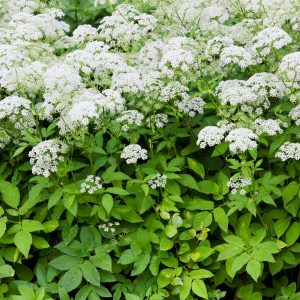
Docks
Docks are common garden weeds and seldom a major problem but they can prove unusually hard to remove successfully, because the merest bit of root left behind will produce another plant. They are perennial and most form a rosette of large, leathery, coarse oval foliage. In summer they produce a stout upright stem to around 1.5m bearing reddish flowers and masses of seeds. It’s tempting to try pulling the plant out, but usually the top simply breaks off, leaving behind a long, fleshy, branching taproot. Instead, you’ll need to use a spade to get the lot out. In wilder areas of the garden they are fine to leave in place although you might want to remove the seed heads before dispersal.
